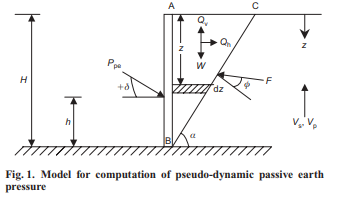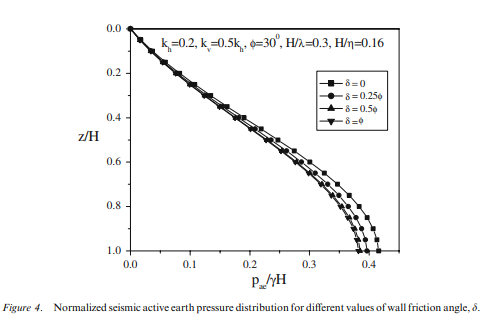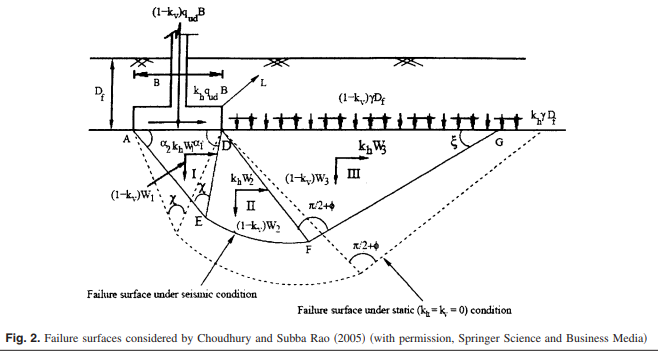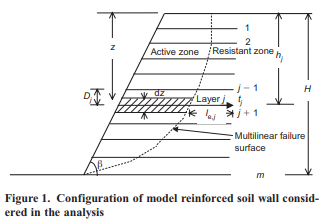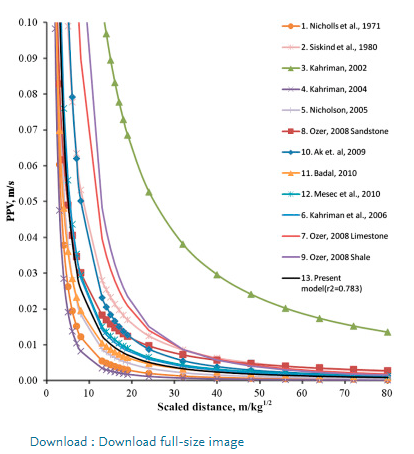Seismic passive resistance by pseudo-dynamic method
The pioneering work on earthquake-induced lateral earth pressure under active and passive conditions acting on a retaining wall was reported by Okabe (1926) and Mononobe Matsuo (1929), based on a pseudo-static approach by following Coulombs earth pressure analysis under static conditions, and is known as the MononobeOka...
Pseudo-dynamic approach of seismic active earth pressure behind retaining wall
Knowledge of seismic active earth pressure behind rigid retaining wall is very important in the design of retaining wall in earthquake prone region. Commonly used Mononobe-Okabe method considers pseudo-static approach, which gives the linear distribution of seismic earth pressure in an approximate way. In this paper, t...
Seismic bearing capacity of shallow strip footings
Seismic bearing capacity of shallow strip footings in soil has been obtained in the form of pseudo-static seismic bearing capacity factors N cd , N qd and N d , denoting the cohesion, surcharge and unit weight components, respectively, by an extensive numerical iteration technique. Limit equilibrium method of analysis ...
Seismic stability of reinforced soil-wall by pseudo-dynamic method
Determination of internal stability of reinforced soil walls under earthquake conditions is an important part of seismic design. The horizontal method of slices is used for determining internal stability or tieback analysis of the reinforced soil wall. A pseudo-dynamic method is adopted in the present analysis, which c...
New Approach for Estimation of Static and Seismic Active Earth Pressure
To estimate static and seismic active earth pressure ( P ad ) on a rigid retaining wall, numerical analyses using different step sizes have been carried out in this paper, based on the modified Culmann line method by considering Coulombs planar rupture surface. Equivalent pseudo-static seismic forces are considered in ...




